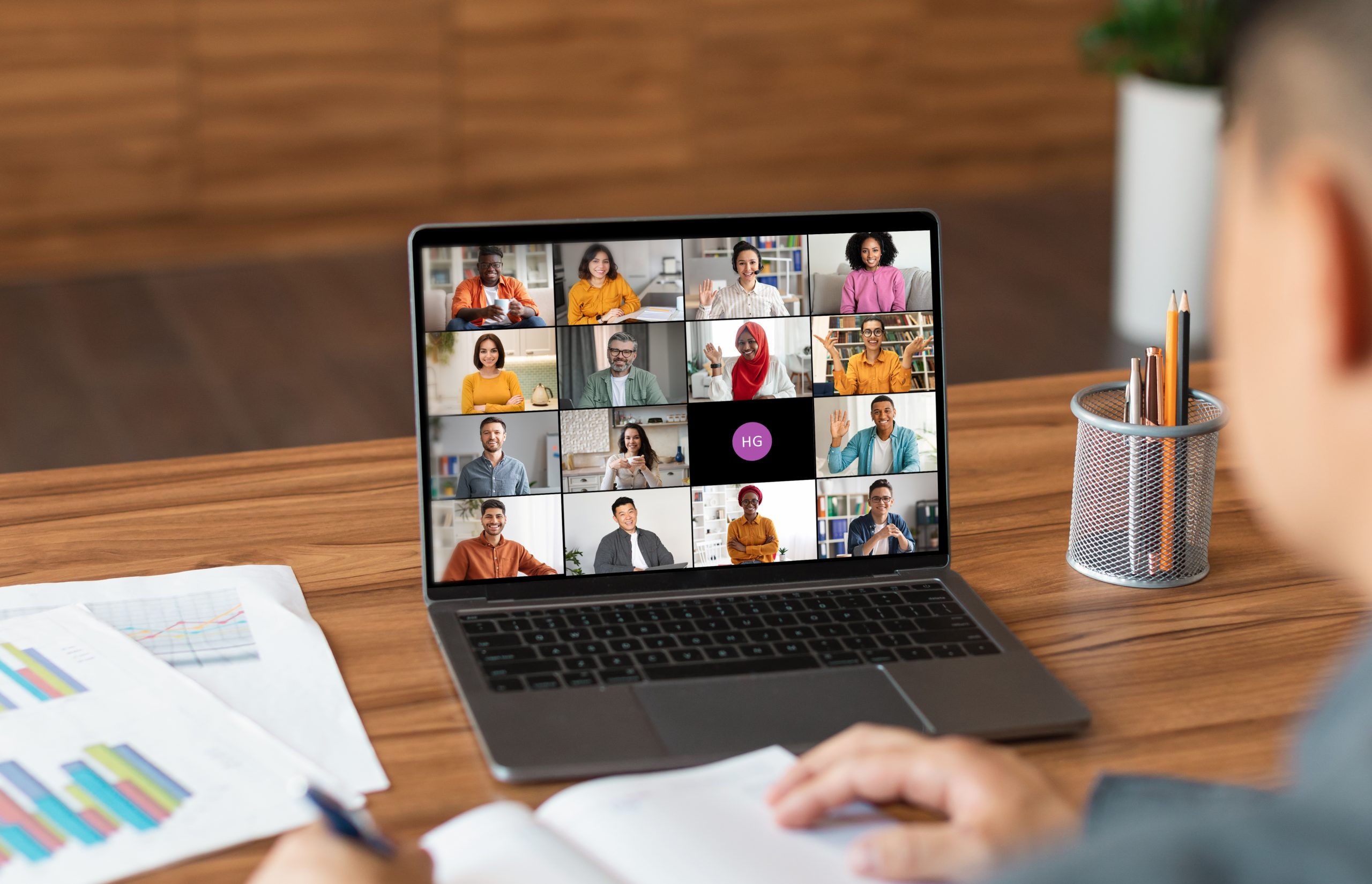AI conversations often sound like science fiction — all talk about disruption and transformation. But for most companies, the real question is simpler: How do we make AI actually useful right now? Not in five years. Not after a major digital overhaul. Today.
The truth is, you don’t need to “revolutionize” your business to start benefiting from AI. You just need to make it part of how you already work.
Start Where It Hurts
Every company has those repetitive, annoying tasks that eat up time — updating spreadsheets, qualifying leads, routing support tickets. Those are the easiest places to start. Let AI handle the routine stuff so your team can focus on the work that requires judgment, empathy, and creativity.
Think of it as hiring a new digital intern who never sleeps, never gets bored, and never forgets a step.
From Data Overload to Decision Clarity
Data is the modern company’s most valuable asset — and biggest headache. AI systems can quickly make sense of massive data sets, finding trends and patterns that humans would miss. Imagine a sales dashboard that highlights your warmest leads automatically, or a customer support tool that predicts which clients are at risk of churning before they complain.
These small insights add up to major wins over time. They don’t just save time — they improve how teams make decisions day to day.
Bring People Along for the Ride
The biggest challenge with AI isn’t technical; it’s human. People need to trust the outputs. That starts with transparency — showing teams why the AI made a certain recommendation and how it supports their goals. Train people to see AI as a tool, not a threat.
When teams feel empowered rather than replaced, adoption happens naturally.
Practical Integration Beats Grand Plans
Don’t try to boil the ocean. Pick one business function and run a small pilot project. Measure the impact, learn, and expand from there. Many of the best AI programs grow from small, targeted wins — not massive, expensive implementations.
The Real Goal
AI’s promise isn’t to make your business futuristic. It’s to make it more human — by freeing people from tedious work and giving them better tools to think, decide, and create.



